融合,创新,不断改进|小学部STEAM科学周
STEAM课程链接日常生活和工作,运用科学、技术、工程、艺术和数学多学科的知识和技能,培养学生解决生活中实际问题的能力。我们运用科学、技术、工程、艺术和数学知识,在不同学科间融合协作,掌握工作和现实生活中的种种技能。
STEAM课程的学习目标,是培养学生跨学科运用所学知识探究问题、解决问题的能力,点燃学生对科学的兴趣。我们不需要孩子记住一个随机的事实,教育也不再只是记忆事实,而是鼓励孩子们批判性地思考、学习如何评估信息,如何将知识、研究和技能应用于解决问题。
现在我们来看看学生们的大胆创造吧。准备好!STEAM“科学秀”开始啦!
一年级的学生学习不同的食物类别及其营养组成,课上讨论了如何从动植物中获取食物,掌握了分类、观察和收集信息方面的技能。
孩子们还探究了食物的形状,并用这些形状创造了图案艺术。
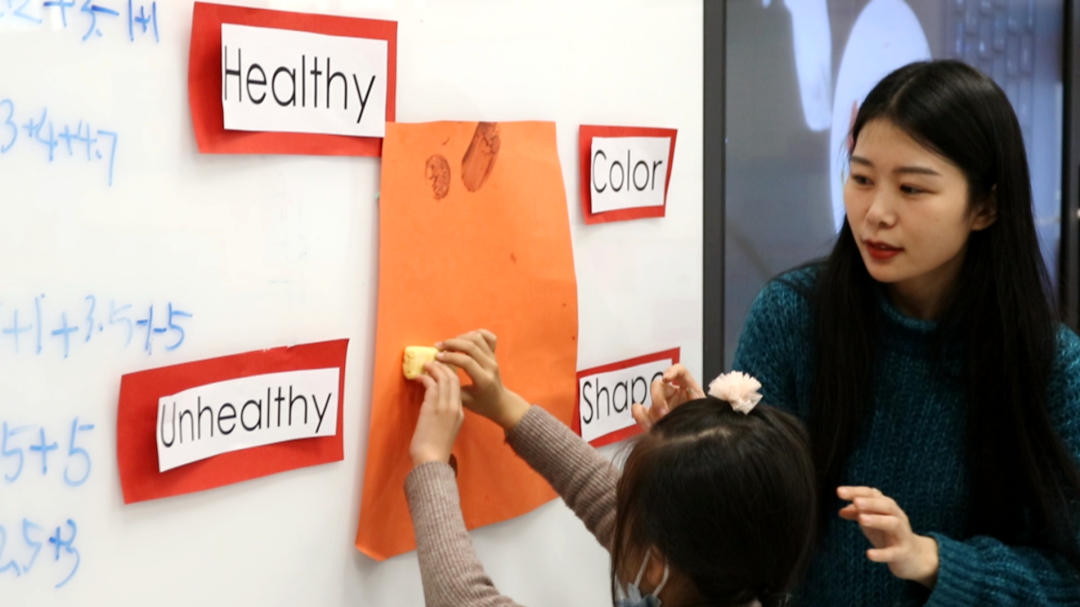

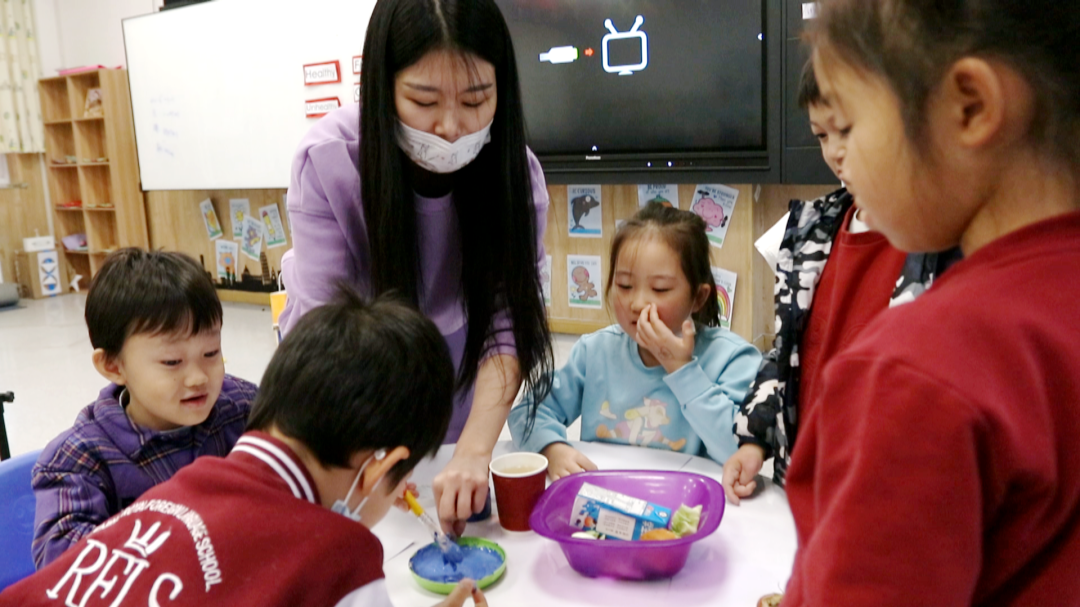
让我们来看看这些聪明的孩子是如何通过创意和设计,来整合这些内容的吧。\
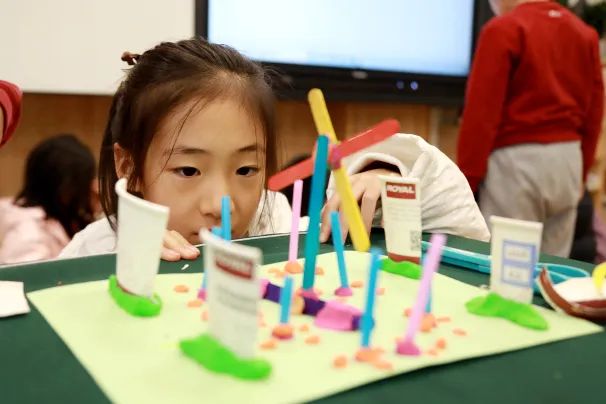

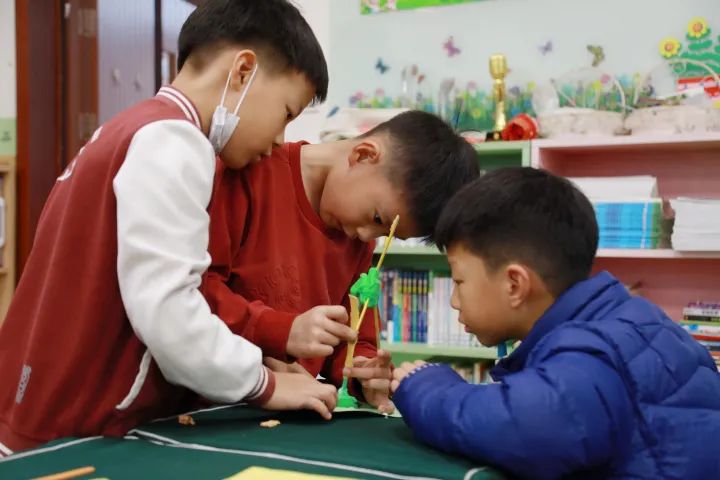
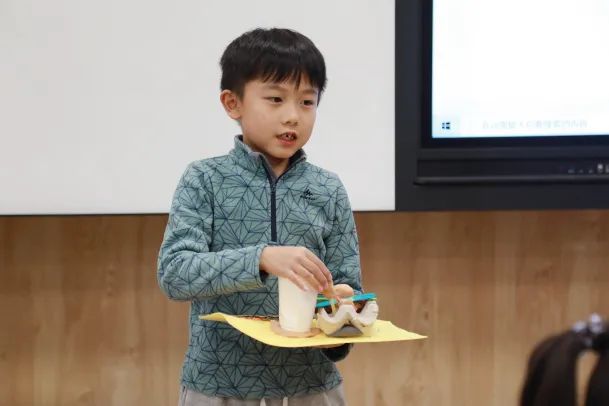
在STEAM周,学生们制作了不同的物品,来帮助人们了解如何更健康地生活。
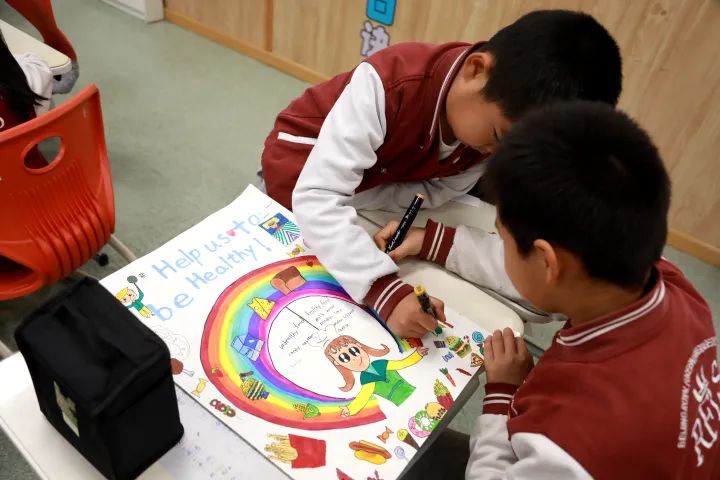
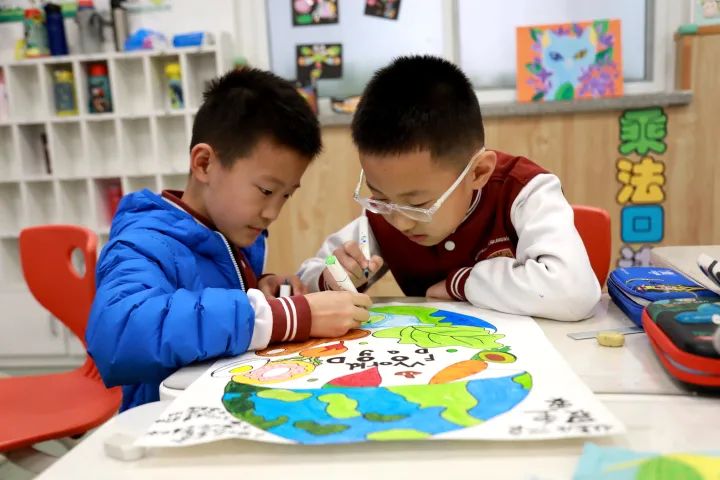
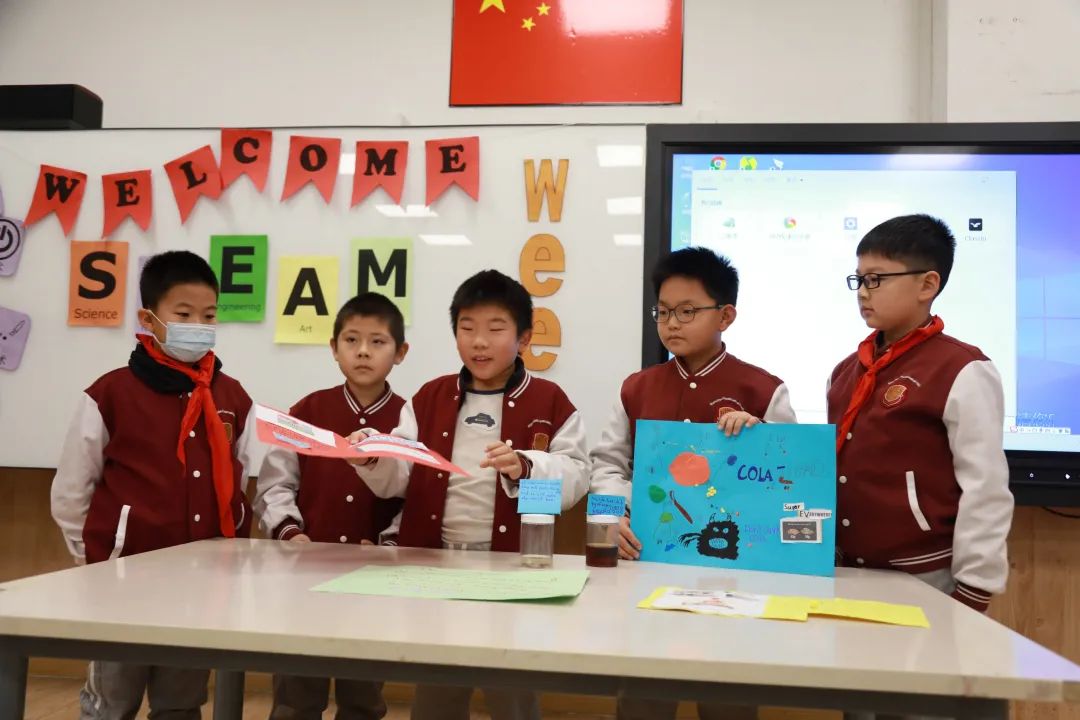
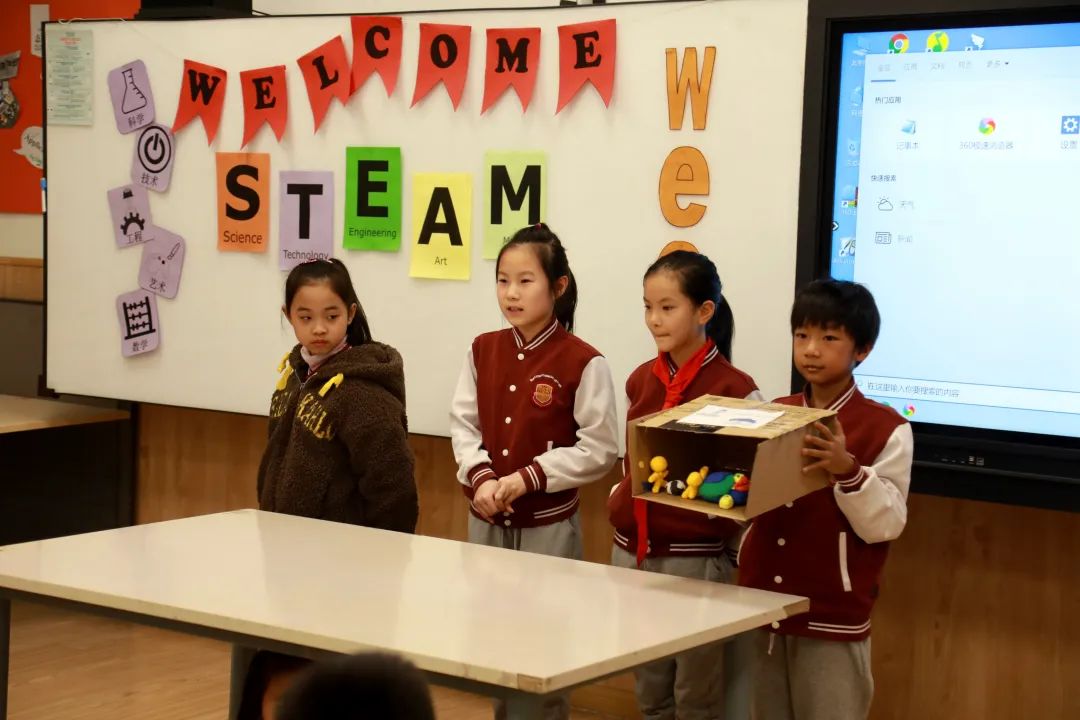
最后,在音乐老师的指导下,他们用这些乐器演奏了自己选择的歌曲。
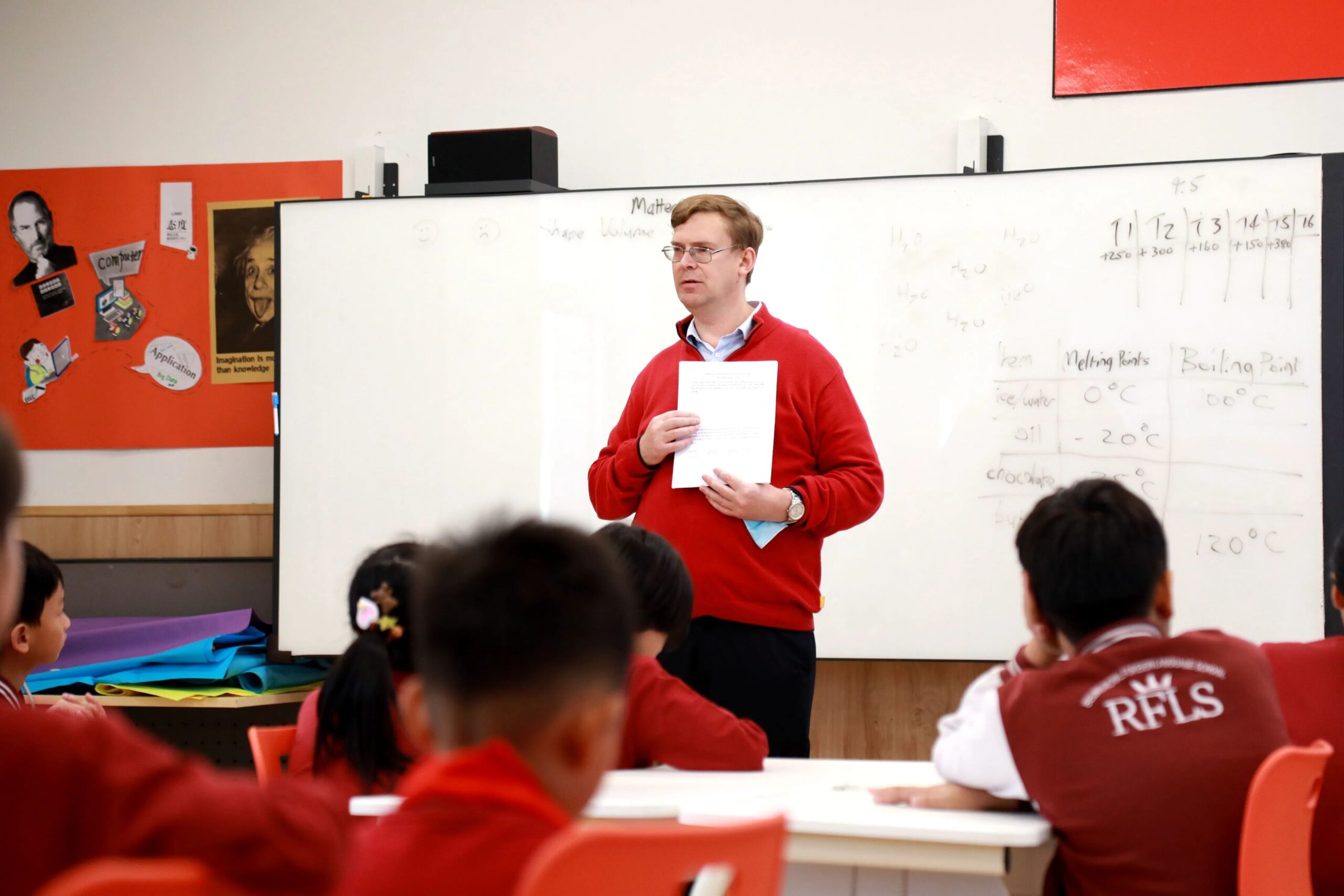
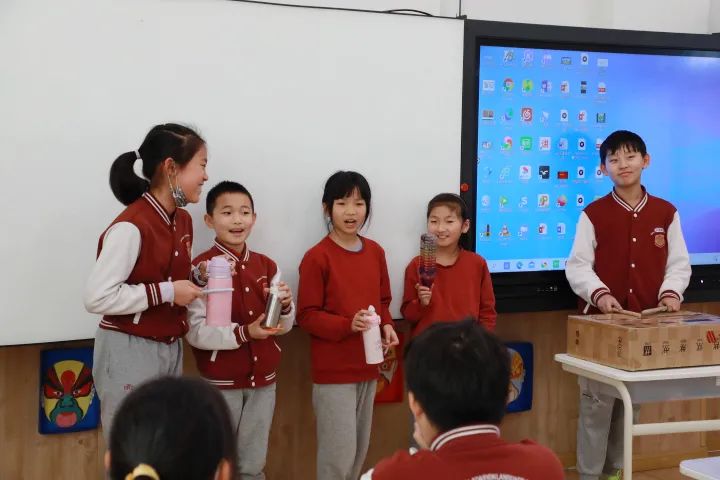
学生们查阅资料,了解皮影戏作为一种娱乐形式的历史和起源。学生们认为皮影戏是中国古老的动画形式,可以为当今高科技的动画创作提供借鉴。最后,学生们编写各自的故事情节,并塑造人物角色,表演了一场精彩的皮影戏。
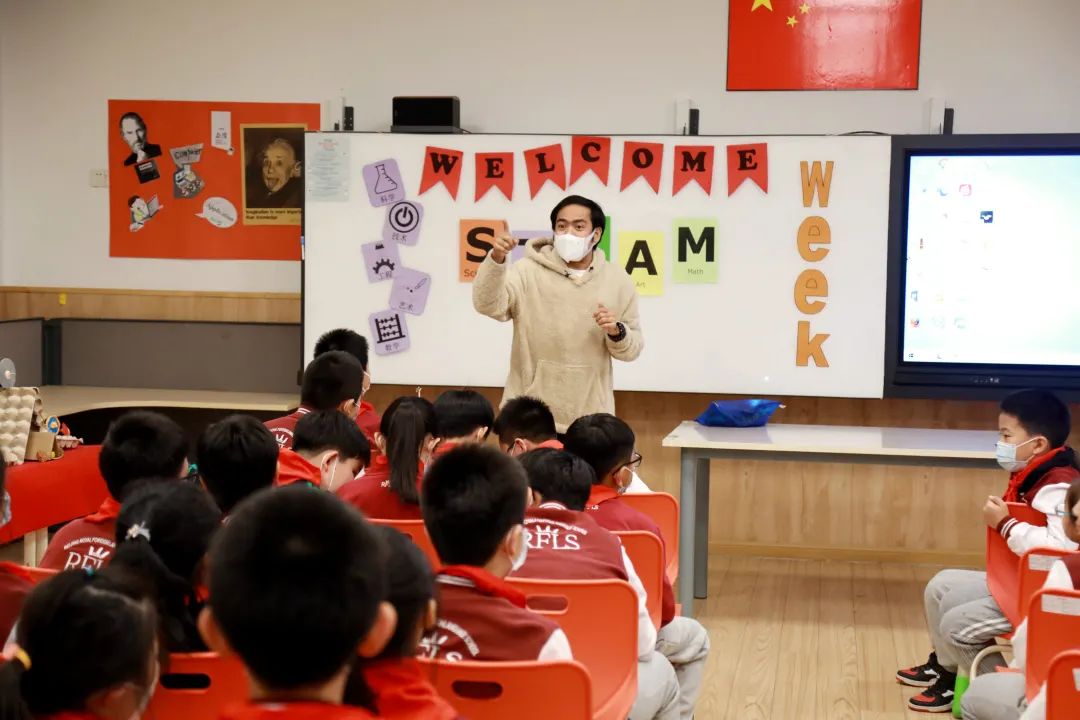
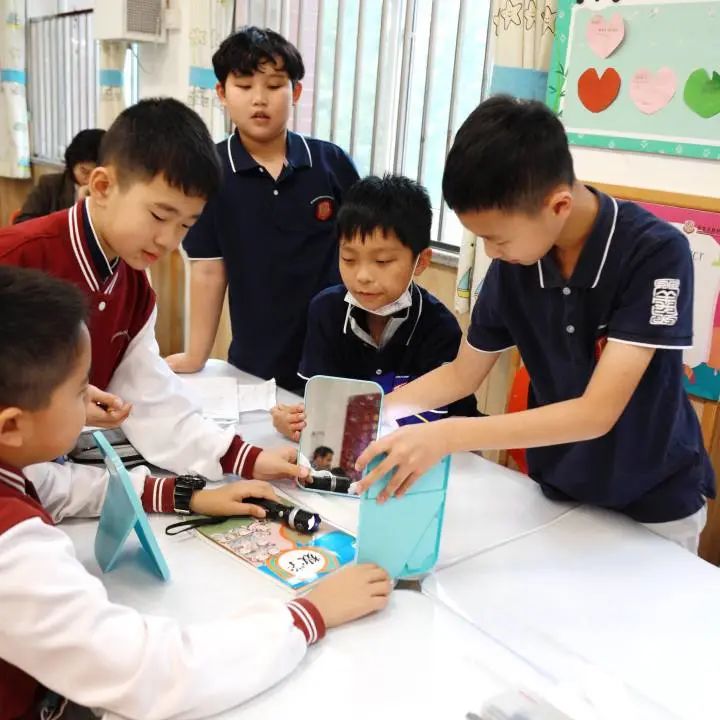
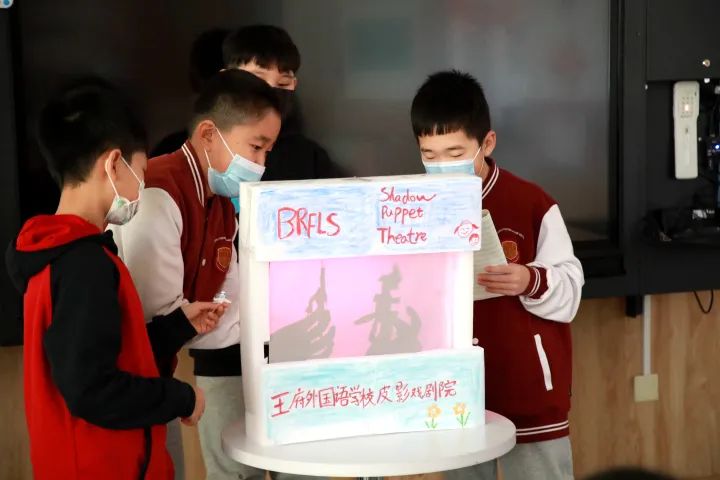
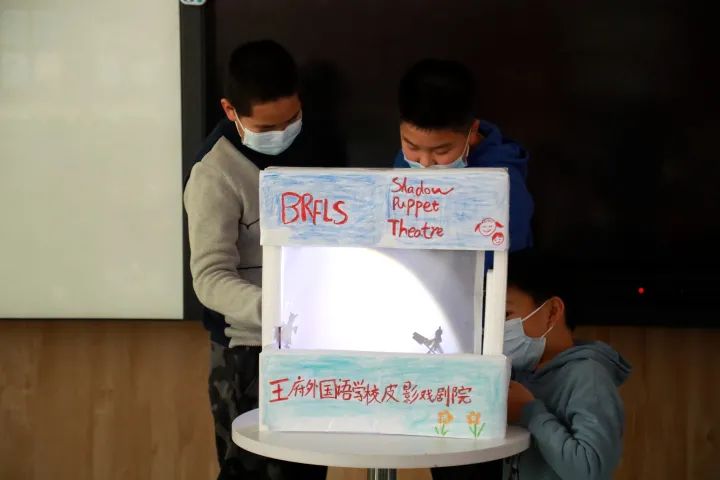
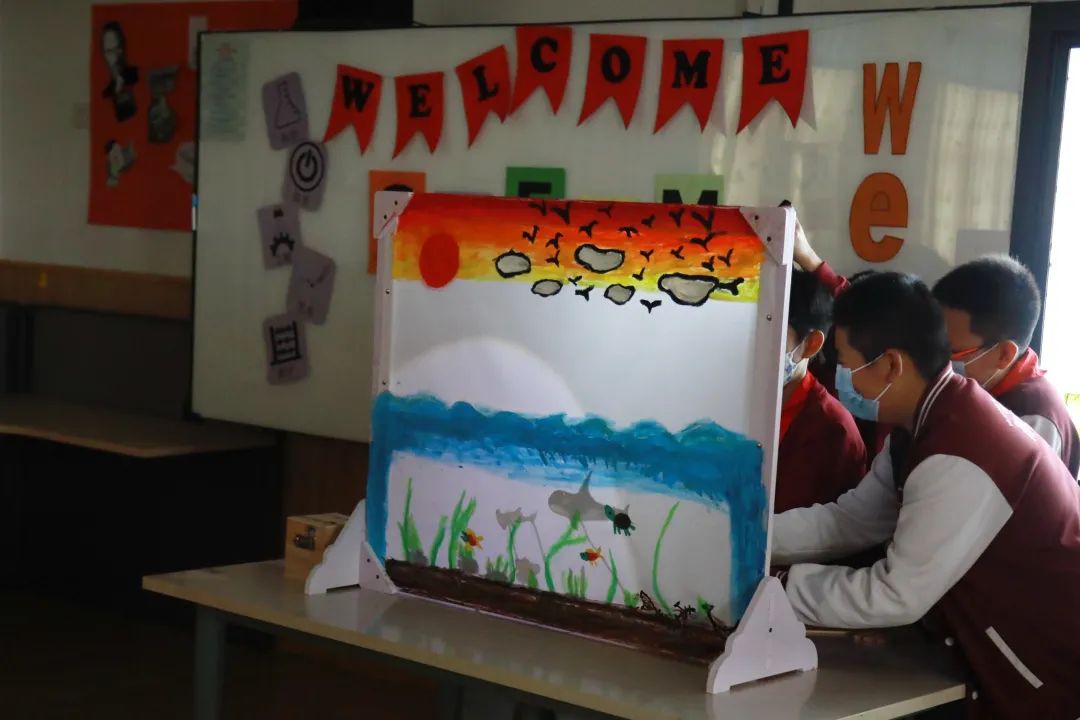
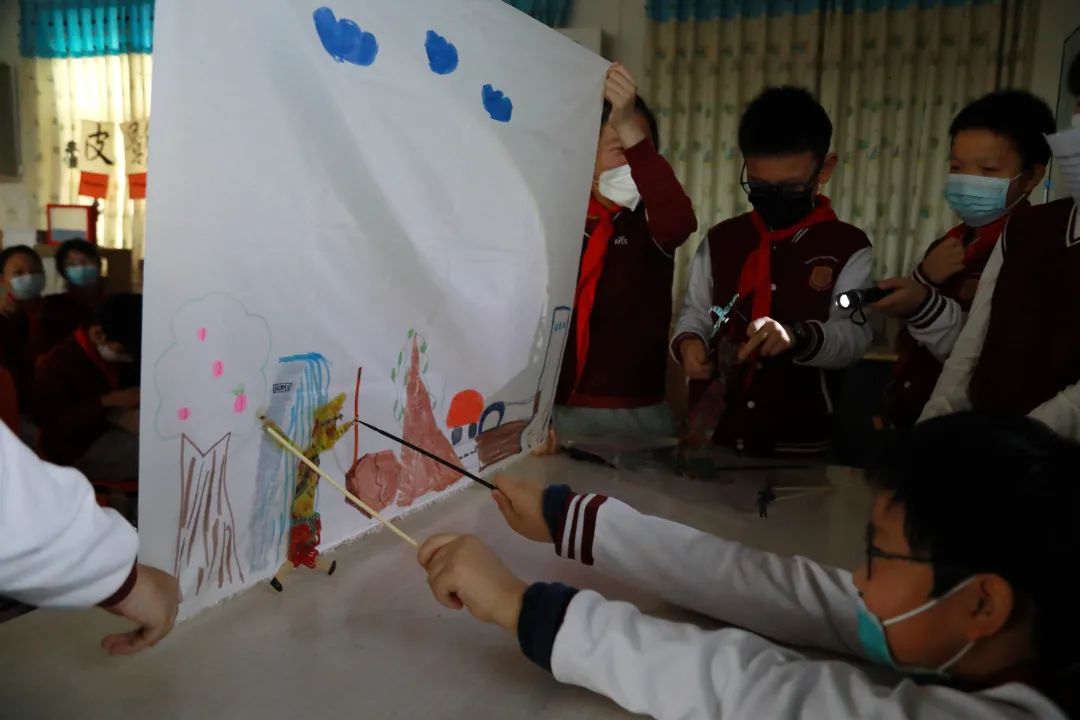
在STEAM活动中,学生们面临的挑战是制作可以在房间里穿行的橡皮筋驱动漫游车。这项任务是用纸板制造漫游车,用橡皮筋车轮转动起来,并根据测试结果,使用工程设计工序改进他们的漫游车。最后,学生们考虑使用不同的设计方案、材料和能源来改进他们的作品。
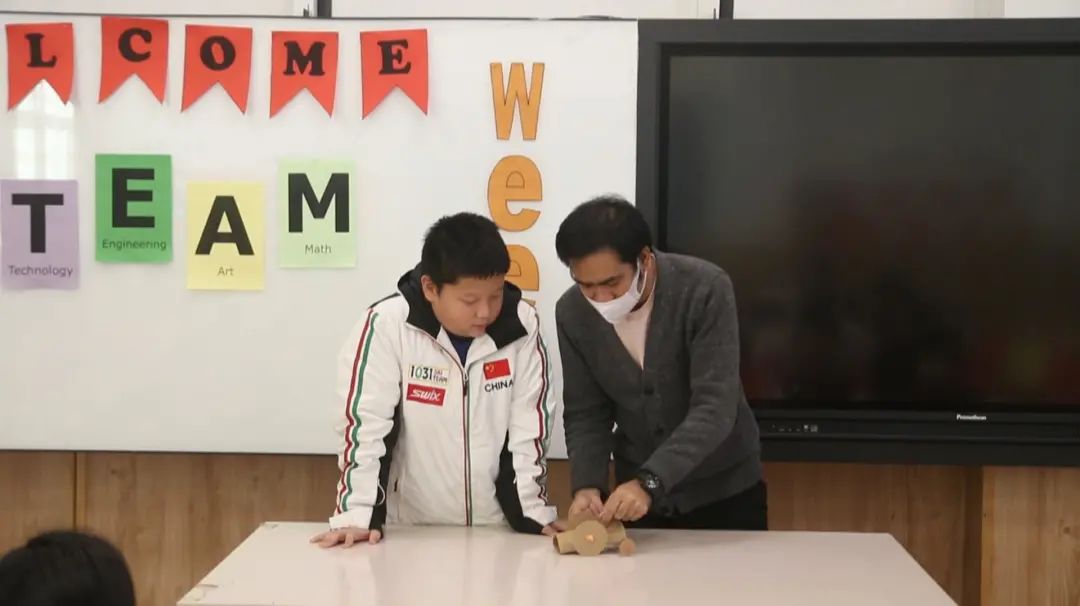
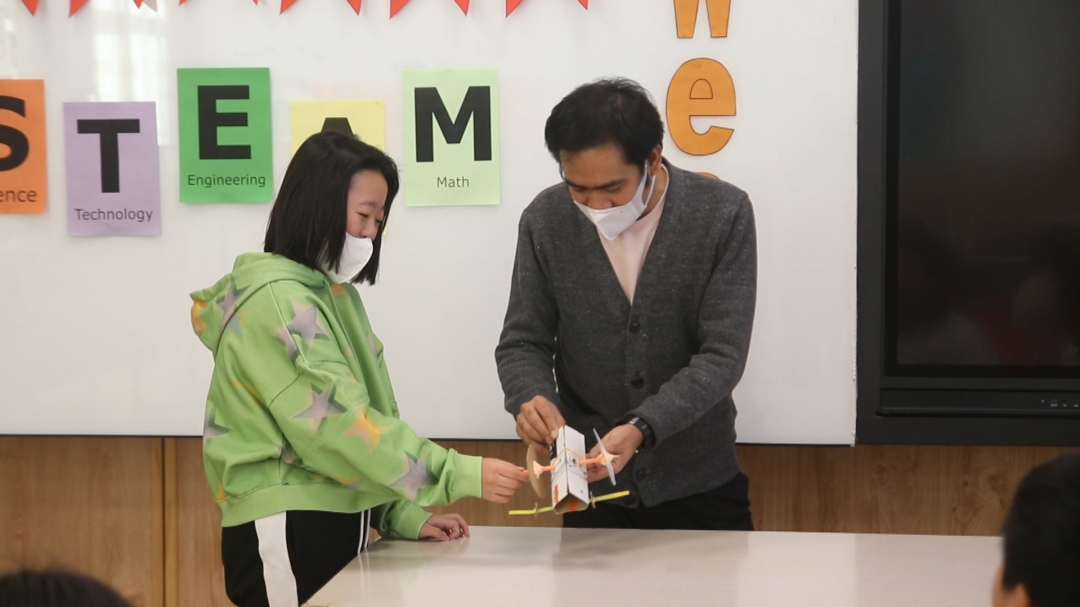
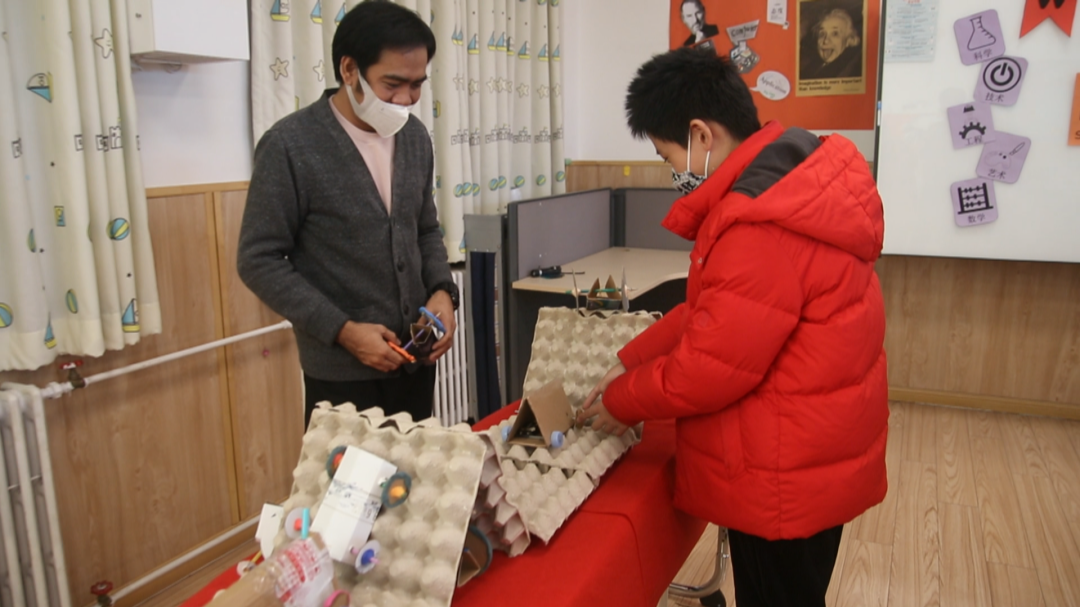
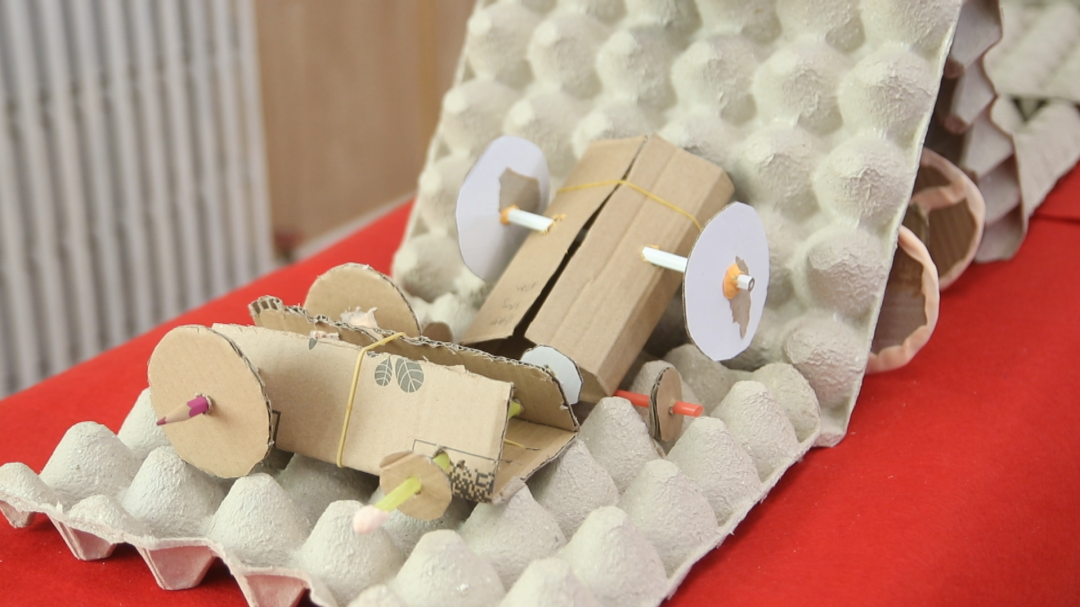
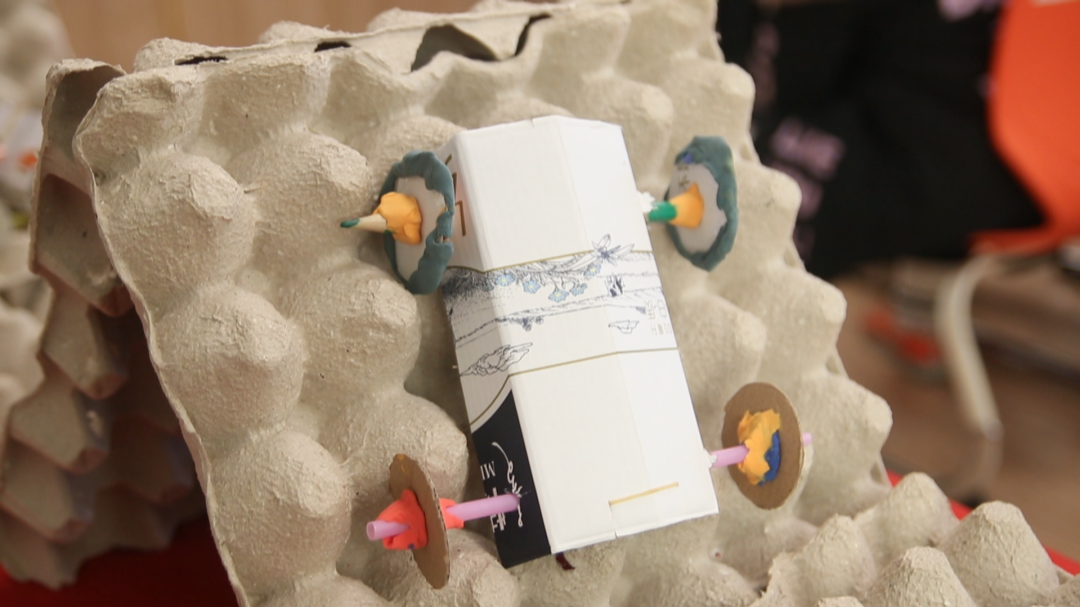
At the end of November, Beijing Royal Foreign Language School (RFLS) celebrated STEAM Week. STEAM stands for Science, Technology, Engineering, Arts and Math and the key component is integration. This approach in learning is not to teach subjects as independent subjects, but is comprehensive, project-based and inquiry-based, and focuses on interdisciplinary learning. STEAM corresponds to the way we work and solve problems in our daily lives – making it a unique way to teach and learn. Using science, technology, engineering, arts and mathematics (STEAM), we teach skills for use in the workforce and the real world. Work in the real world is interdisciplinary. We need to educate our children on how the subjects are integrated and coordinated. The goal of STEAM is to develop diverse skill sets and a passion for inquiry and growth. We don’t need a child to just memorize the random facts. Education is no longer about memorizing facts. Instead, think critically and learn how to evaluate information and how to apply knowledge, research and skills to problem solving. Skills need to be taught in an applied way as part of a larger whole, rather than the traditional approach on individual subjects. Now, let’s take a look at what the students have created. Ready! Set! STEAM!
Grade 1 students studied various nutritional food groups. The class discussed how we obtain food from plants and animals. They have acquired skills in classification, observation and information gathering. At the end of the unit, the students explored the shapes of food and created the art of patterns using these shapes.
The Grade 2 students explored electricity as one of the sources of energy. They have learned the importance of electricity in our daily lives. They also found out that electricity needs to be generated in many ways. They compared and contrasted the different ways to generate electricity and focused on renewable energy. For them, producing electricity to make our lives comfortable while saving and protecting the environment should work hand-in-hand. Let’s look at how these young minds integrate the contents through creativity and design.
The Grade 3 students explored a healthy lifestyle. They started with the source of our energy which is food. They found that eating healthy food alone is not the only way to get healthy. Along with healthy eating habits, they also discovered how sleep, exercise, and daily activities affect our health. Here, the students made different projects to help people manage these essential aspects of living a healthy life.
Students in grade 4 learned how different sounds are created when various objects vibrate. The main focus of their inquiry is on percussion instruments. After examining and comparing different percussion instruments, the students made their own instruments using the materials obtained from their homes. Students used old metal boxes, empty plastic bottles, and different grains to create various sounds. In the end, they used these instruments and performed the song of their choice. They worked closely with their music teacher and rehearsed during music classes.
Grade 5 students studied light and shadows. They explored shadowing with different objects and a flashlight for comparison. The students enjoyed manipulating the size of the shadow on the screen, making them look bigger and smaller by adjusting the position of the light source. They traced the history and origins of shadow puppetry in early China as a form of entertainment. Students attributed this to the development of animation, which is nowadays created with the help of technology. As a final result, the students presented a puppet shadow theater. They wrote their own story line and characters.
The sixth grade students were using different forms of energy to explore how things work. They learned about the many ways energy can be converted and used in various forms. For this STEAM activity, the challenge was to build their own rubber-band-powered rover that can scramble across the room. The task was to build their rover out of cardboard, and to use rubber bands to spin the wheels and to use the engineering design process to improve their rover based on testing results. In the end, the students thought of using different designs, materials, and energy sources in order to improve their work.
投稿|Rowell 、李璐璐
摄影|子婷
编辑|晓婉
审核|Amanda


